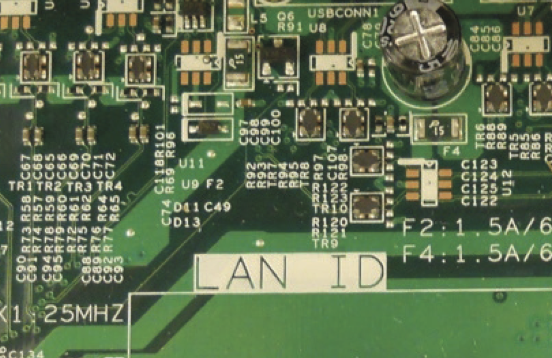Data. It weighs nothing. It can travel across the globe at the speed of light. It beams invisibly to the palm of your hand or the screen on your living room wall. But as we have known for years, those weightless, invisible streams of data leave a significant trail of energy use across the globe, much of that energy consumed even while data is no longer flowing. It is the power use of our vast information infrastructure during these idle periods — so-called “network standby” — that has become the recent focus of energy efficiency policymakers and researchers.
[pullquote_right]Several trends loom on the horizon that could increase network standby in common devices and expand the universe of connected products.[/pullquote_right]
In 2013, Xergy’s Peter May-Ostendorp and Katherine Dayem led research for the International Energy Agency’s 4E Standby Power Annex to explore the power requirements, best available technologies, and trends for several network standby technologies that most readily apply to edge or client devices on the networks commonly used in homes and businesses. The results show that significant progress has been made since the early 2000s in lowering the standby power consumption of key network components like Ethernet controllers and Wi-Fi transceivers. However, several trends loom on the horizon that could increase network standby in common devices and expand the universe of connected products:
- The Internet of Things. An increasing number of appliances — washers, dryers, thermostats, stereo systems, door locks, and even plug strips — are becoming connected, allowing manufacturers to add functionality and upgradability through “cloud” connectivity. This will greatly expand the impact of network standby in the coming years, especially if corded products fail to employ the power-saving controls that their mobile brethren have adopted to save power when networks are idle.
- New wireless applications. Although the 802.11 standard continues to advance the ball on conventional Wi-Fi with its latest incarnation (802.11ac) that will allow data transfer rates into the gigabit range, this should not have a large impact on network standby in traditional networking products like personal computers and routers. However, the new WiGig standard (802.11ad), which allows line-of-site data transfer at gigabit speeds could have more significant standby power impacts if broadly adopted. WiGig products will target applications like ultra HD video streaming, wireless docking stations, and other “cable cutting” devices. It will not replace the Wi-Fi we know, but may add another layer of wireless networking that expands the reach of network standby power.
Read the full report (entitled Power Requirements for Functions) here. The report has also been featured in the April 2014 edition of 4E’s LoadDown newsletter.

